Welcome to ‘Living Beyond,’ a new column about life after CF diagnosis
From days as a literal poster child to living post-transplant in my 50s

As a new columnist for Cystic Fibrosis News Today, I welcome you to “Living Beyond.”
I come from a time when the life expectancy for someone born with cystic fibrosis (CF) was around 11 years. At that time, the only medicines prescribed to treat CF were pancreatic enzymes. Viokase (pancrelipase) was the brand I took back then; Mom would crush it and mix it with applesauce. To this day, I can’t look at applesauce without smelling Viokase’s distinct smell — which isn’t pleasant.
I also grew up before the internet, so there were few avenues for gathering information. No research pipelines to watch. No social media to let me connect with others living with CF. My family and I would see an occasional newspaper article about CF research, cut it out, and keep it in a folder. I still have that folder.
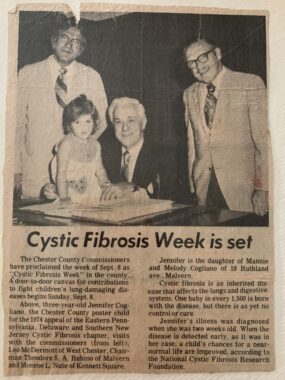
Me as a poster child for cystic fibrosis in 1974. (Courtesy of Jennifer Bleecher)
I was also a CF poster child in 1974, at age 3. The term “poster child” is used in all sorts of generic ways now, but originally it was more literal: It referred to a child with a disease or deformity whose picture was used on posters or other media for an organization’s fundraising campaign. My picture and a short article appeared in all my family’s local newspapers.
I had a healthy childhood, given that I had CF, and experienced only gastrointestinal symptoms. I played outside with my brother and friends from sunup to sundown. Our days were filled with hopscotch, slip-and-slides, mud pies, games of tag, drinks from the garden hose, and all those pastimes of the 1970s.
I didn’t need breathing treatments or chest physical therapy unless I had a cold, which was rare. In my teen years, I went into the hospital for the first time, for appendicitis. I stayed in what was called the “CF ward,” where CF patients shared hospital rooms, played board games together, and hung out in each other’s rooms for as long as we liked.
That’s where I met Barb, my first friend with CF. We became pen pals for many years until CF eventually took her. I think of her often and like to share her name because she made such an impact on my life, in ways beyond her disease.
I have two rare CF mutations, but I come from a time when mutations weren’t discussed at clinic visits. There were no treatments yet that were mutation-specific. There weren’t many mutations known or included in CF genotype testing. In fact, the CF gene wasn’t discovered until 1989, my senior year of high school. I believed then that a cure was right around the corner.
Still, at the time there were no adult CF care centers. The life expectancy wasn’t long enough to warrant that need. My mother never shared with me that CF was a fatal disease, not wanting to plant that seed of limitation in my mind. My pediatric CF physician cared for me for 44 years, long beyond what his pediatric training would’ve prepared him to cover. At that age, I finally transferred to a CF adult care center. They existed then!
All this to say, I’ve lived through a lot of change and advancements, much of it without access to a lot of information, connection, or guidance. I’ve just lived; I didn’t know anything else. I went on to nursing school, got married, got pregnant. I raised my daughter and worked full time for the next 22 years.
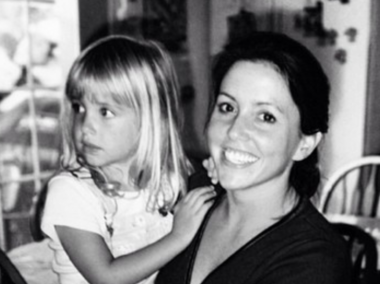
Me with my daughter: parenting with CF and a PICC line. (Courtesy of Jennifer Bleecher)
But over the years, I began working harder and harder on my health to keep up with my friends without CF. At 44, I had a swift decline in lung function that warranted transplantation. I stopped working, and three years later was wait-listed for new lungs. After almost two years, I got them.
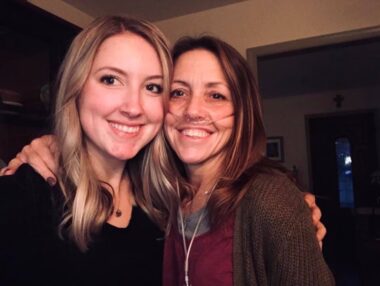
Me, right, in my 40s, with my daughter. At the time, I was waiting for a lung transplant. (Courtesy of Jennifer Bleecher)
I’ve been living a new life since my lung transplant two years ago. It’s like someone has hit rewind on my lung function and sent it back to my teenage years. It’s surreal, profound, and life-changing in a multitude of ways.
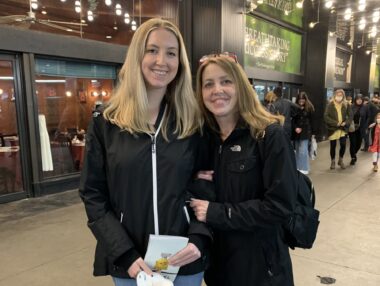
Me again, right, with my daughter — as well as my new lungs and new life. (Courtesy of Jennifer Bleecher)
Most of my CF story has been living beyond my disease: living beyond my life expectancy, living beyond the expected limitations of this disease, and living beyond my native lungs. At times I’ve lived intentionally, while other times I was a product of the era I grew up in, without much information to guide, or limit, me.
It hasn’t been easy. There have been many ups and downs throughout the years. Now in my 50s, I’ve learned the importance of balance when honoring what my body requires from me while trying to find meaning and purpose. I’ve come to realize that grace and kindness to my mind, body, and soul are important.
I hope this column encourages and reminds you to be mindful to live beyond your CF, whatever that means to you!
Note: Cystic Fibrosis News Today is strictly a news and information website about the disease. It does not provide medical advice, diagnosis, or treatment. This content is not intended to be a substitute for professional medical advice, diagnosis, or treatment. Always seek the advice of your physician or other qualified health provider with any questions you may have regarding a medical condition. Never disregard professional medical advice or delay in seeking it because of something you have read on this website. The opinions expressed in this column are not those of Cystic Fibrosis News Today or its parent company, Bionews, and are intended to spark discussion about issues pertaining to cystic fibrosis.






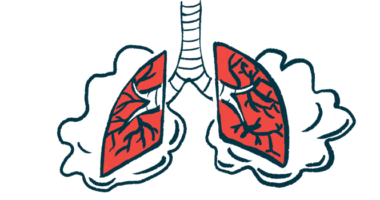


Leave a comment
Fill in the required fields to post. Your email address will not be published.